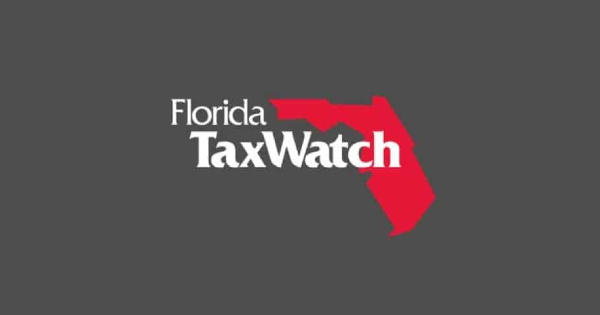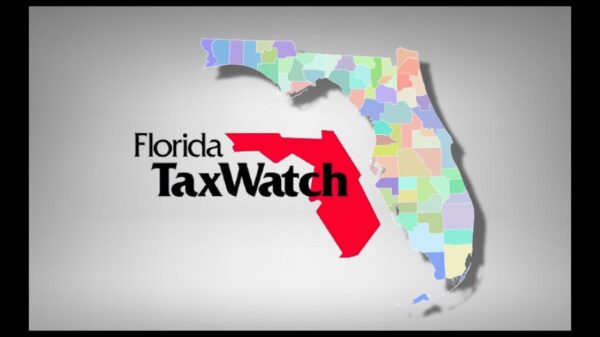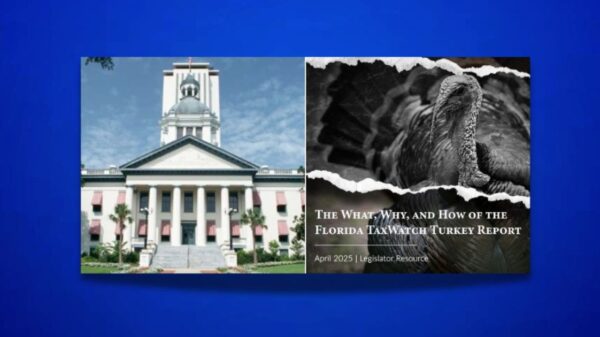This week, Florida TaxWatch (FTW) released “Navigating Federal Pandemic Relief: Following Billions in Stimulus Dollars, Where Do We Go From Here?”
The report presents an analysis of the dollars allocated to Florida for the six stimulus packages Congress has passed since March 2020 and offers recommendations to help the state take full advantage of the federal funding that has not yet been spent or the additional funds that it will receive in the near future.
Florida TaxWatch President and CEO Dominic Calabro weighed in on the report this week.
“We undertook this study because most Floridians don’t have a sense of the magnitude of Florida’s portion of the federal stimulus dollars or how it is being applied. While the state was allocated $13.4 billion from two of the government recovery funds that have received most of the attention, CARES and ARP, more than $45 billion has been directed to Florida state government and schools, with hundreds of billions more allocated to support local governments, health care providers, businesses, non-profits, and everyday citizens. For perspective, when you consider such things as grants and payroll support to individuals, businesses, and government programs provided under the CARES Act alone, Florida has received more than $144 billion,” Calabro said.
“The sheer size of this federal funding, coupled with the strong economic activity Florida experienced throughout recovery and deliberate leadership from Governor DeSantis, President Simpson, Speaker Sprowls, and others, allowed Florida to overcome dismal economic projections and ultimately find itself in an exceptional financial situation with unprecedented opportunities to strengthen infrastructure programs that have experienced long-standing backlogs,” Calabro added
In the report, FTW outlines the six stimulus packages passed to date, which provided $5.7 trillion in pandemic response, relief, and stimulus funding to the nation:
Coronavirus Preparedness and Response Supplemental Appropriations Act (CPRSA) on March 6, 2020
Families First Coronavirus Response Act (FFCRA) on March 18, 2020
Coronavirus Aid, Relief, and Economic Security Act (CARES) March 27, 2020
Paycheck Protection Program and Health Care Enhancement Act (PPPHCE) on April 24, 2020
Coronavirus Response and Relief Supplemental Appropriations Act (CRRSA) on December 28, 2020
American Rescue Plan Act of 2021 (ARP) on March 11, 2021
The report details how much was allocated to each act and the amounts apportioned to Florida. When it is all added up, the total allocation to state government and schools from the six federal stimulus packages exceed $45 billion. It should be noted that the state has not received all these dollars yet, and this estimate does not include the direct federal spending on pandemic response or those dollars offered as direct aid to taxpayers. Many more billions in federal assistance were, and still are, being provided to Florida’s people, health care providers, local governments, businesses, and non-profits.
FTW also notes that Florida is expected to receive additional federal funding before the end of the current fiscal year, including $4.408 billion from the American Rescue Plan’s Coronavirus State Fiscal Recovery Fund (CSFRF), $3.47 billion of which has not been obligated by the Florida Legislature. While the state will have discretion over how, when, and where to spend it (within the requirements of the American Rescue Plan), these will likely be difficult decisions that arise from intense debates.
While there is legitimate concern with the amount of federal spending and the impact on the national deficit, these federal funds and Florida’s current fiscal health provide the 2022 Legislature with an unprecedented level of available funding and a unique opportunity to fund programs and infrastructure that have long-standing backlogs. Moving forward, FTW makes several recommendations to help Florida take full advantage of federal funding, including:
The governor, Legislature, and state agencies should strive to maximize the receipt of available federal funding to provide significant benefit to Floridians and create a more diverse and resilient economy.
The Legislature should maintain a higher-than-normal level of reserves, as the future is still quite uncertain.
They should also help prevent unnecessary delay in the distribution of this funding; monitor deadlines and expiration dates for various funding streams; avoid the use of non-recurring funds for recurring expenses; and establish a formal process with specific criteria to evaluate potential uses of current unobligated general revenue (made possible by federal funding).
The Florida congressional delegation should work to secure more of the state’s fair share of funding from the proposed infrastructure bill. While Florida is slated to receive $19.1 billion, it is the lowest amount per capita in the nation.























